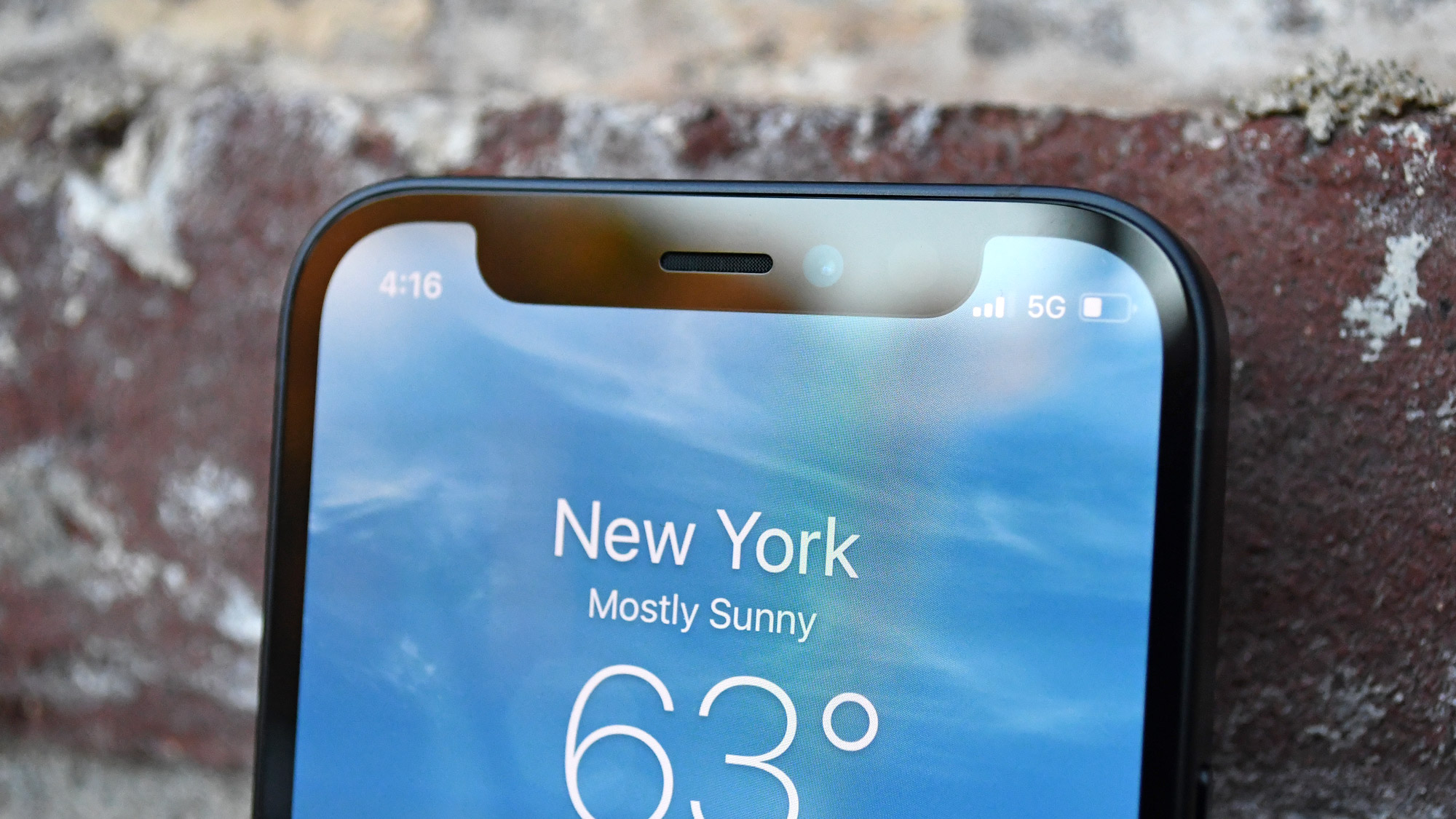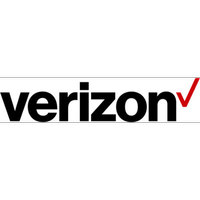Get a free iPhone 12 mini or Galaxy S21 if you switch to Verizon 5G
Verizon will accept any phone — even if it's broken — in exchange for a free 5G device

Verizon is so eager to get people on its 5G network, it's willing to take its cues from rival T-Mobile and offer customers a free 5G phone when they trade in their current device. Only with Verizon, you can score an iPhone 12 mini or Galaxy S21 as part of the promotion.
Specifically, Verizon says any phone — even damaged devices — can be traded in for a new 5G device. You'll need to sign up for one of Verizon's unlimited data plans that includes Ultra Wideband coverage; those plans start at $80 a month for a single line of data.
- Best 5G phones: Here are your top options
- When is 5G coming to you? The definitive guide
- Plus: When is the iPhone 13 release date?
If this sounds familiar, it's because T-Mobile launched a similar deal back in April. Trade in any device at T-Mobile, and you'll get a Galaxy A32 5G to use on the T-Mobile 5G network.
Verizon is offering more impressive freebies in the form of the iPhone 12 mini and Galaxy S21, though there are a few more caveats to Big Red's promotion. While Verizon will accept any phone, you'll need somewhat recent models to get the full credit — $700 in the case of the iPhone 12 mini and $800 for the Galaxy S21. The iPhone 8 or later, Galaxy S8 or Note 9 or later and Pixel 3 or later are eligible for the full discount, a Verizon spokesperson told us.
Got an older phone? You'll still get some discount on the iPhone 12 mini or Galaxy S21. A Pixel 2, for example, will net you $350 in trade-in value, which you can apply to a new phone. Likewise, if you prefer a more expensive 5G iPhone 12 or Galaxy S21 model, you can apply your trade-in credit to that.
Get a free iPhone 12 mini or Galaxy S21 @ Verizon
Trade in your current phone — even if it's broken — and you can get a new 5G phone from Verizon once you sign up for an unlimited data plan. Newer phones get the maximum $700/$800 credit.
Your trade-in value appears on your bill in the form of 24 monthly credits. In other words, Verizon — like other carriers — is willing to float you a new phone in exchange for two years of wireless service.
Verizon 5G eligible plans
Verizon's eligible plans may be on the expensive side of the best unlimited data plans, but they certainly pack in the perks. Verizon's $80-a-month Play More plan, for example, includes a subscription to the Disney Plus bundle (with Hulu and ESPN Plus in addition to Disney Plus), along with a year trial of Discovery Plus. You also get six month trials for Apple Music and either Apple Arcade or Google Play Pass.
Sign up to get the BEST of Tom's Guide direct to your inbox.
Get instant access to breaking news, the hottest reviews, great deals and helpful tips.
The Play More plan along with the identically priced Do More and $90/month Get More options includes access to both nationwide Verizon 5G, which reaches around 230 million people, along with the high-speed Ultra Wideband network. That service is currently available in more than 70 cities and features the fastest 5G speeds we've tested.
Verizon's willingness to give away high-end phones and eat the costs of having customers switch to its service shows how much wireless carriers want to lock in subscribers to their 5G service for the next few years. Carriers right now are still expanding the reach of their 5G coverage — Verizon hopes to bring C-band spectrum online by year's end that will improve the speeds of its nationwide coverage. The willingness of phone carriers to make these kinds of deals is something to keep in mind as you consider upgrading to a 5G phone.
Philip Michaels is a Managing Editor at Tom's Guide. He's been covering personal technology since 1999 and was in the building when Steve Jobs showed off the iPhone for the first time. He's been evaluating smartphones since that first iPhone debuted in 2007, and he's been following phone carriers and smartphone plans since 2015. He has strong opinions about Apple, the Oakland Athletics, old movies and proper butchery techniques. Follow him at @PhilipMichaels.
-
USAFRet Free, for only $80/month.Reply
"You'll need to sign up for one of Verizon's unlimited data plans that includes Ultra Wideband coverage; those plans start at $80 a month for a single line of data."


